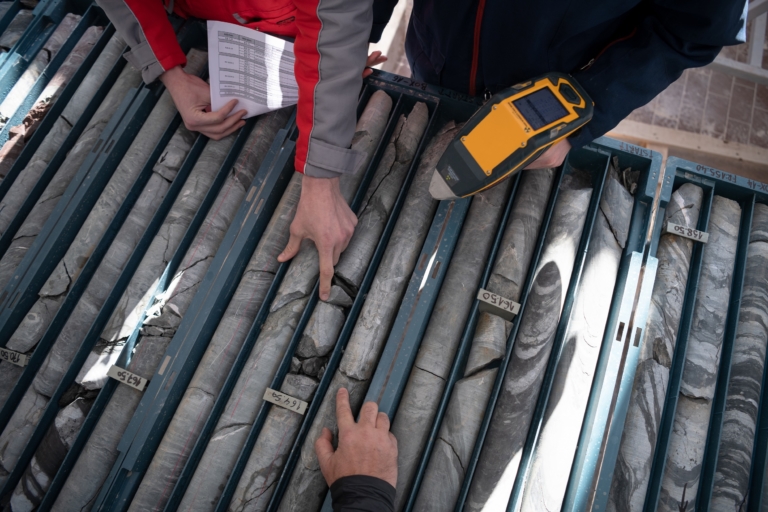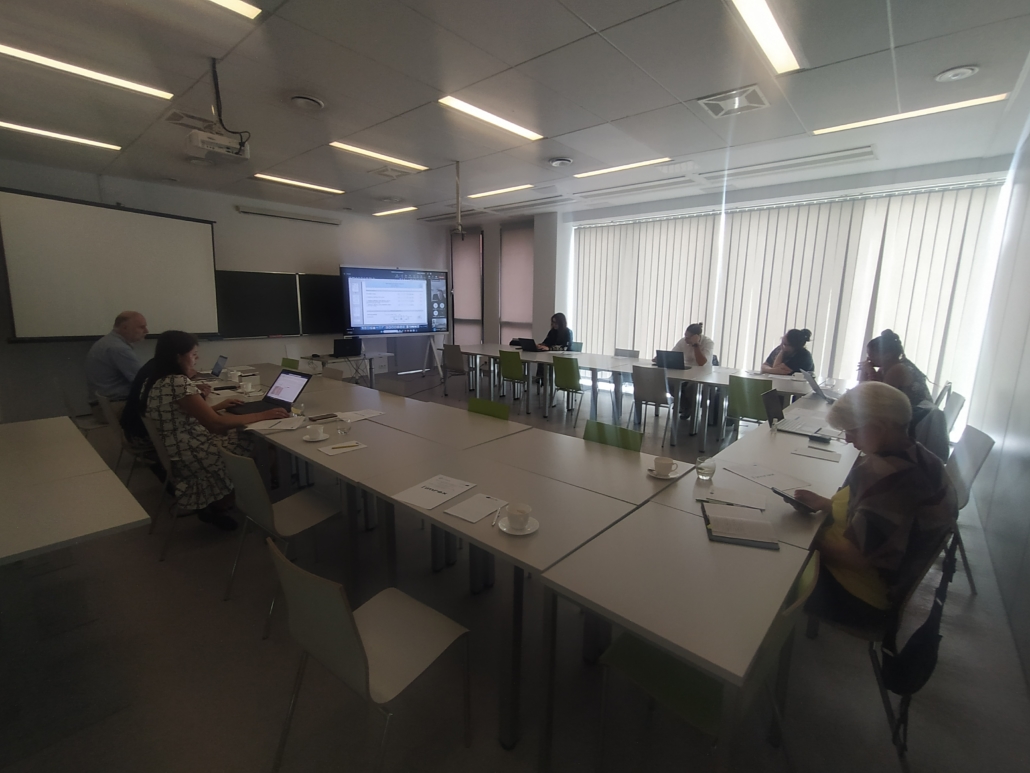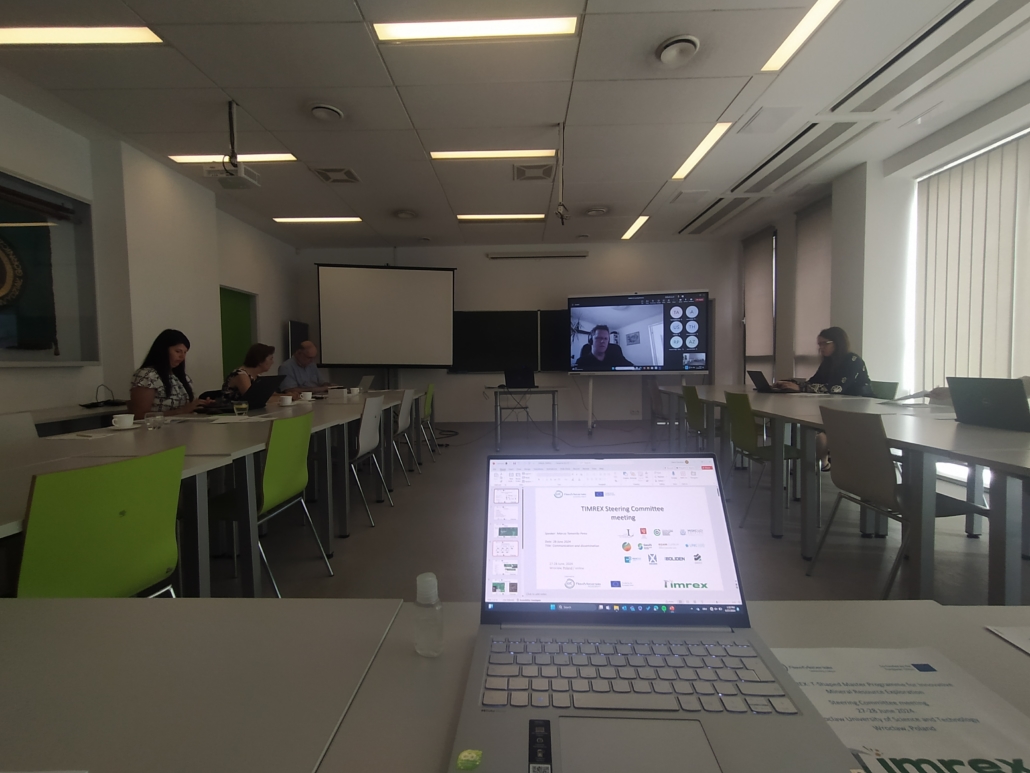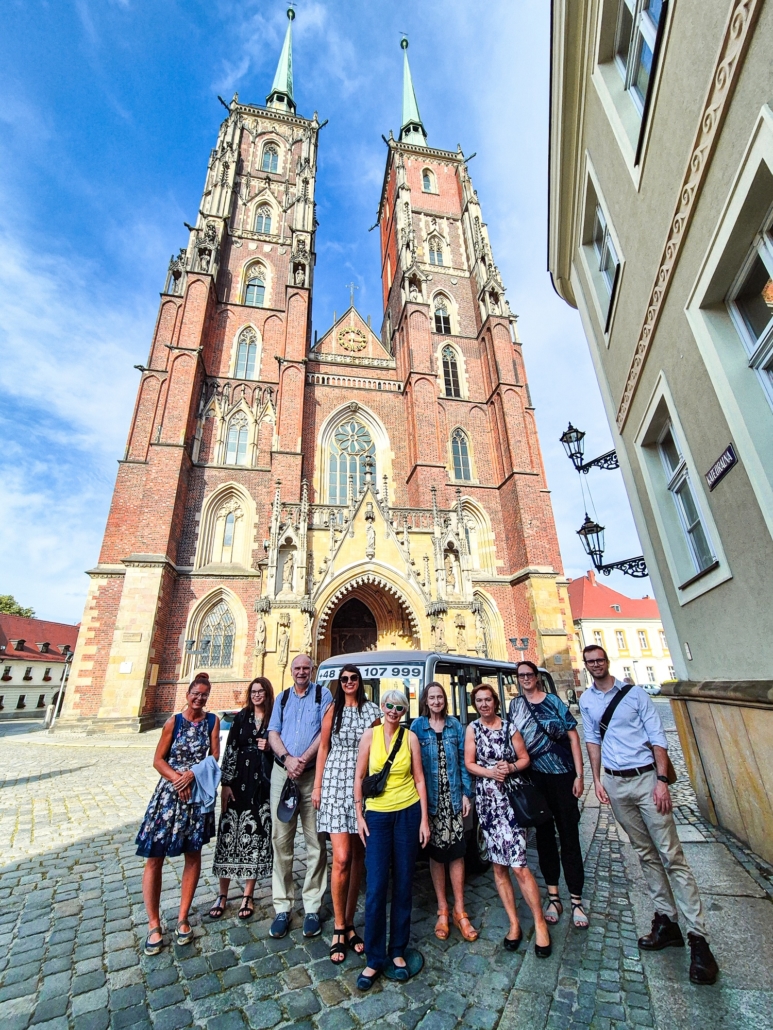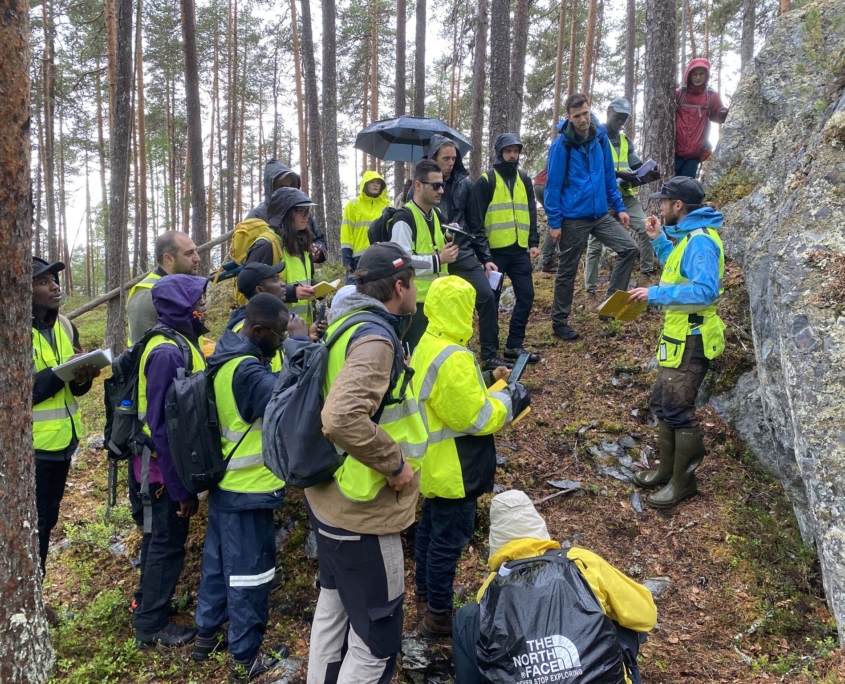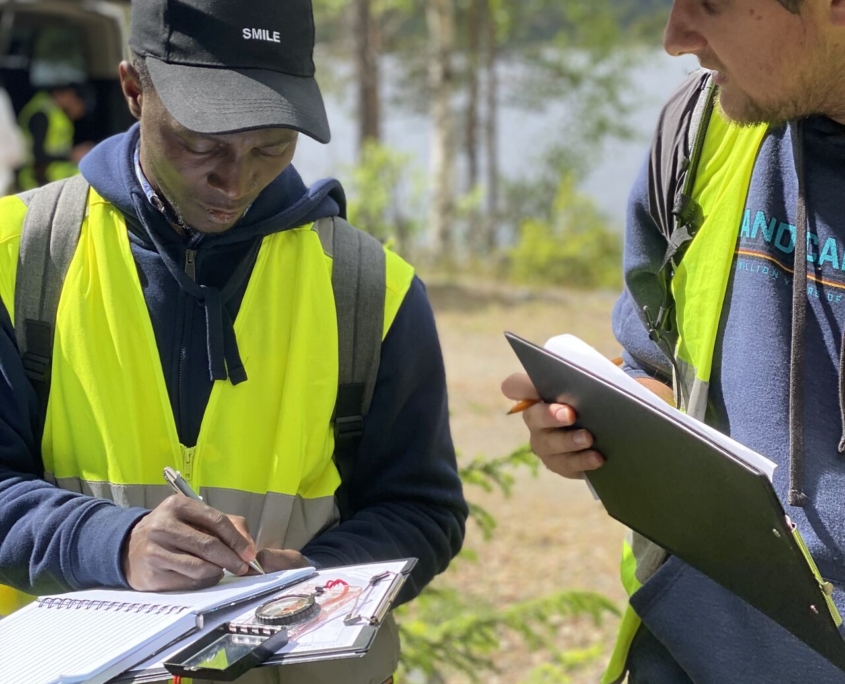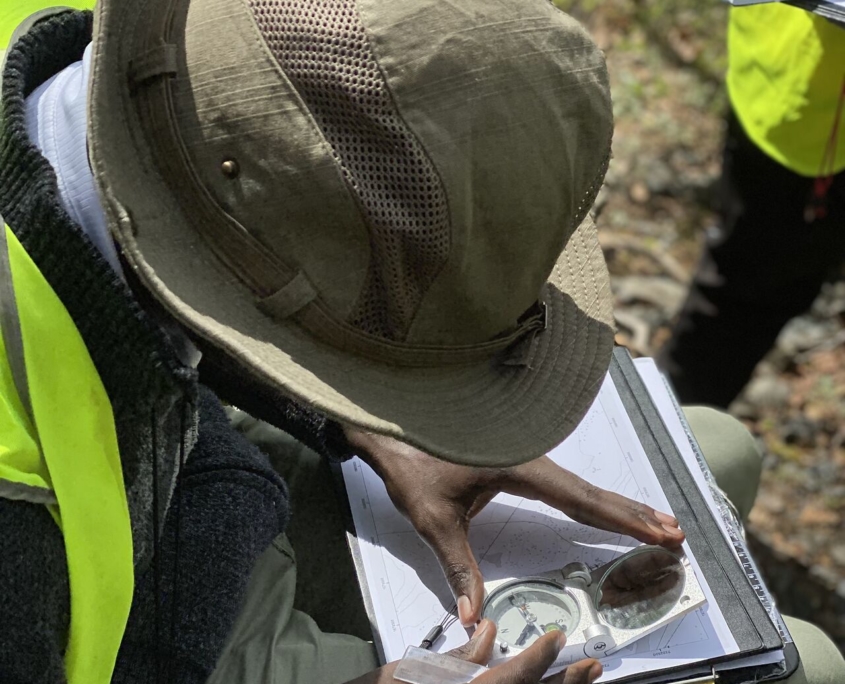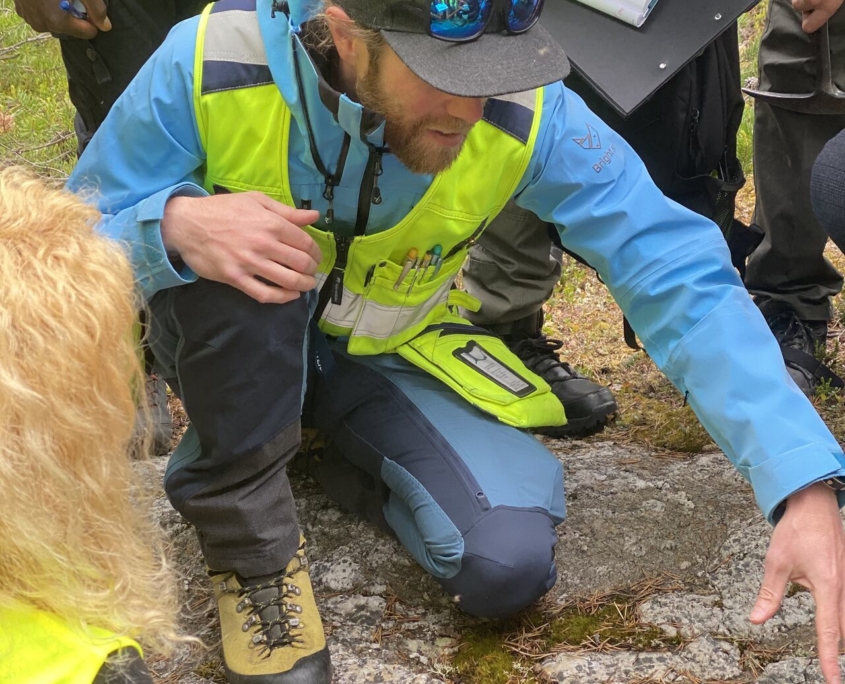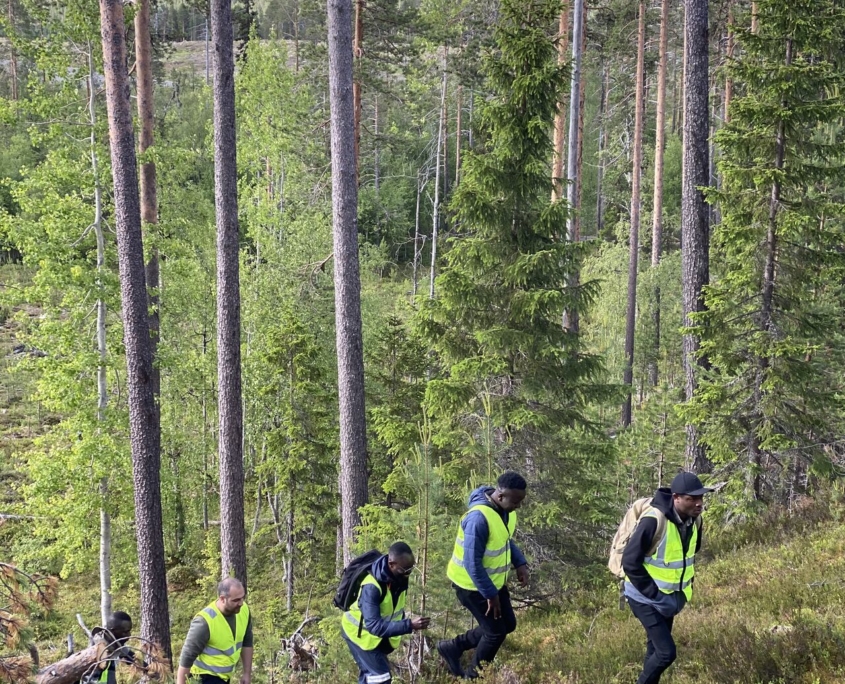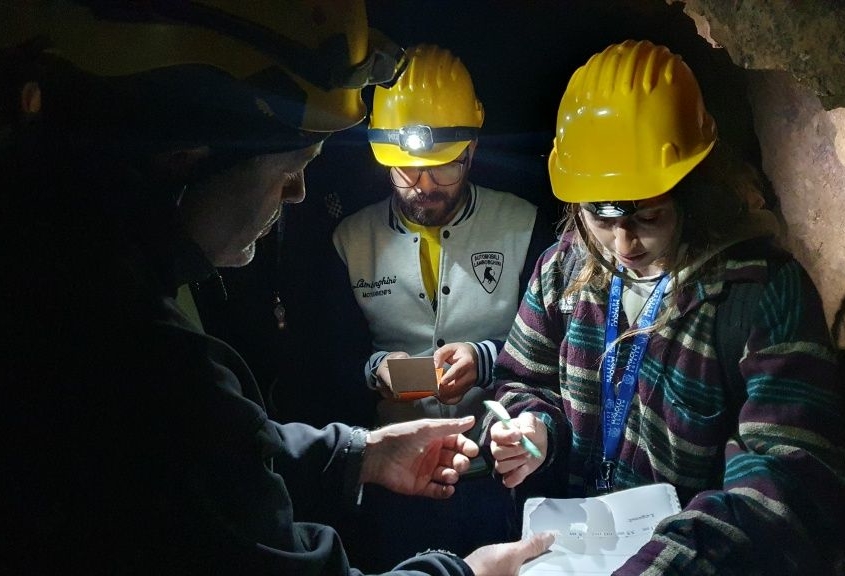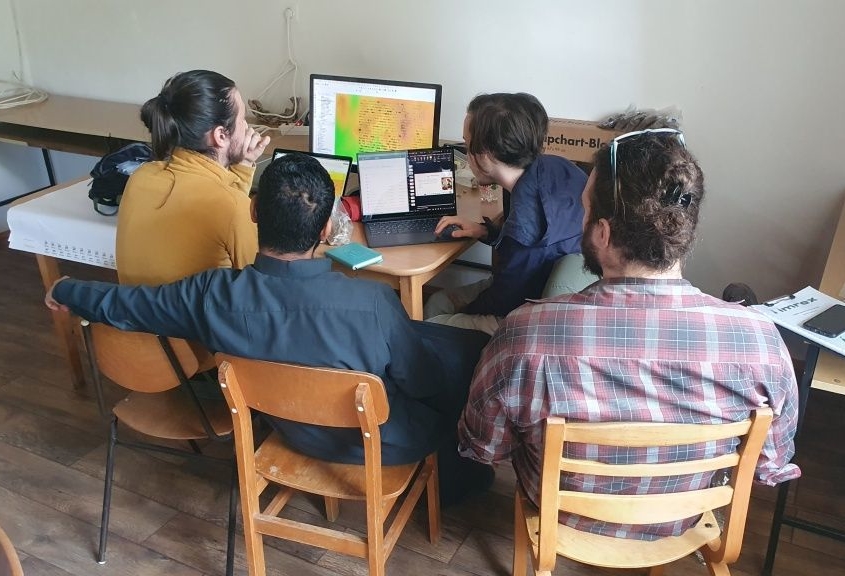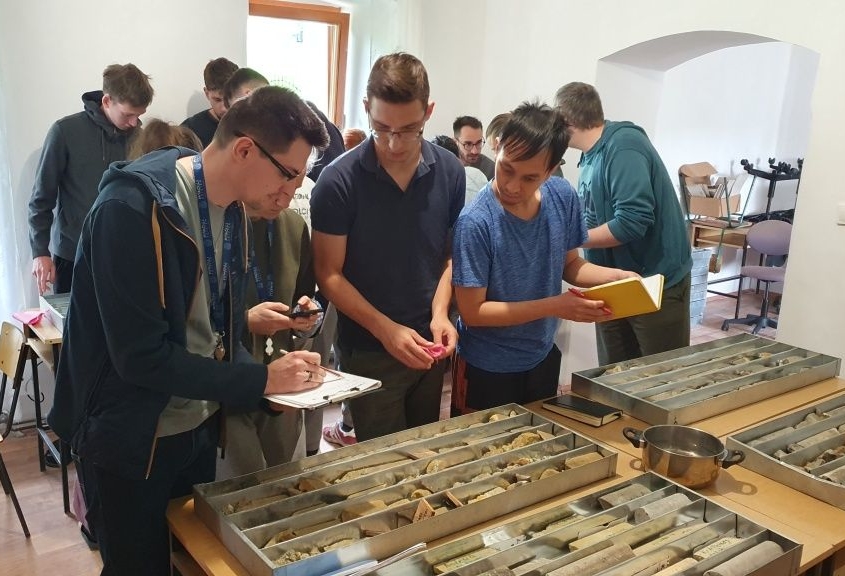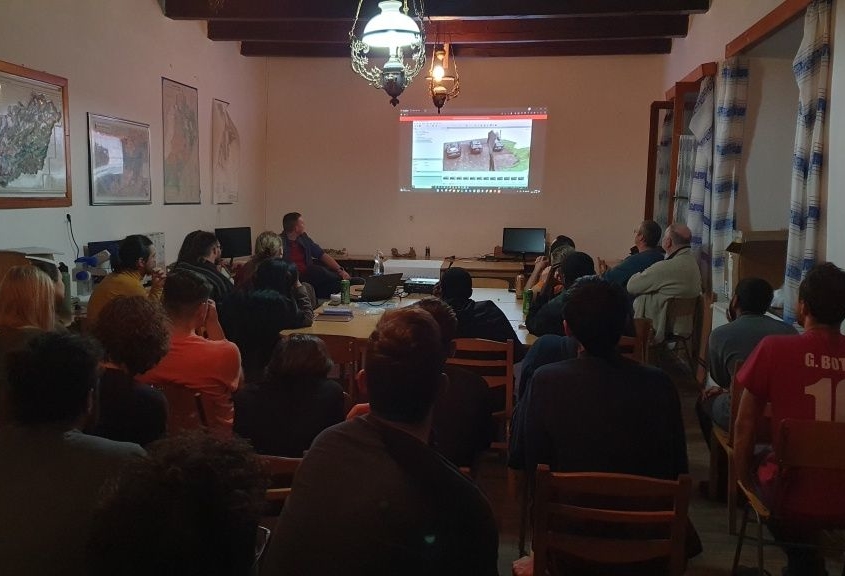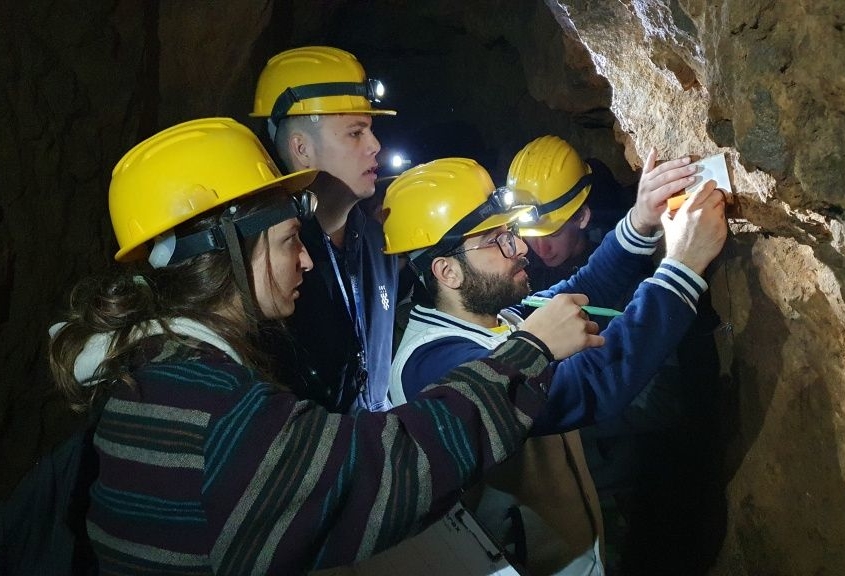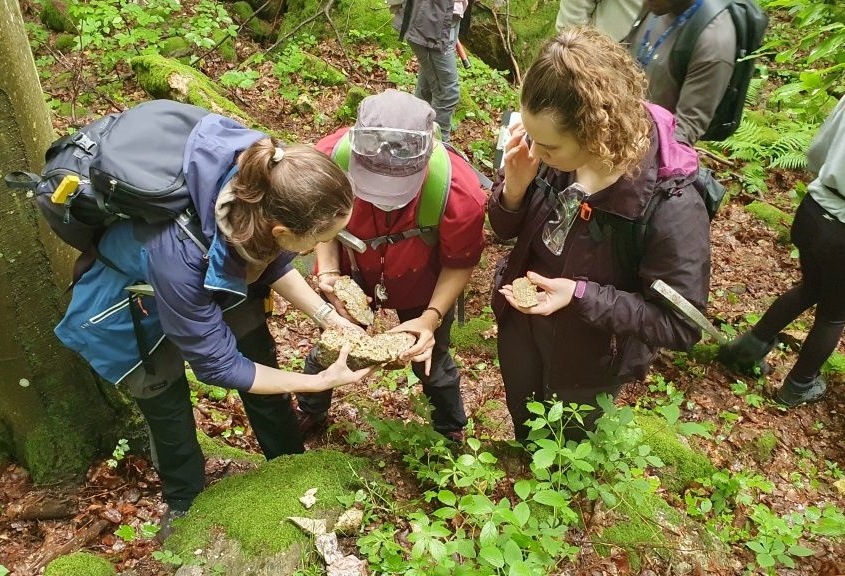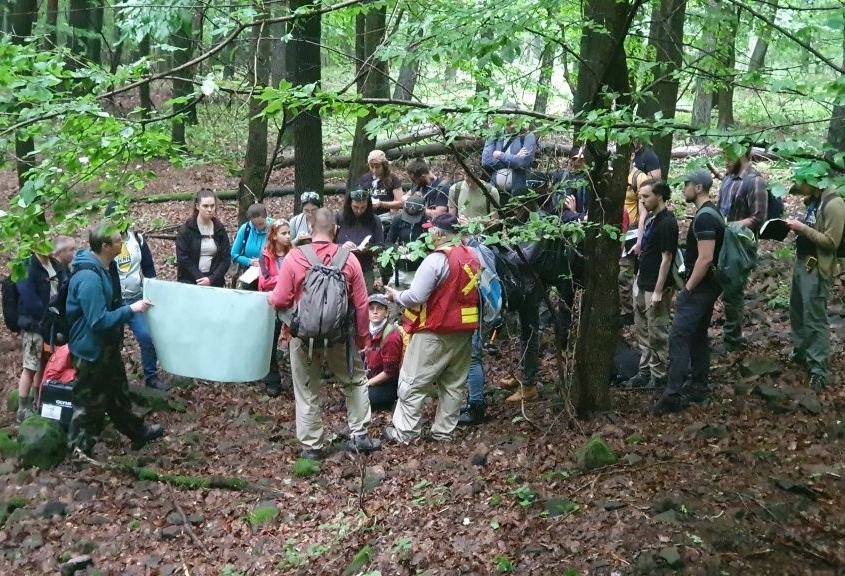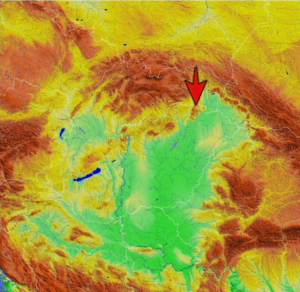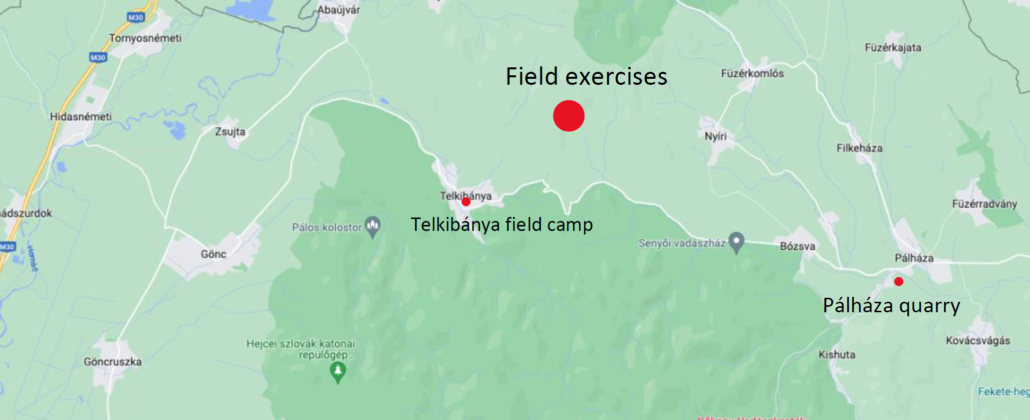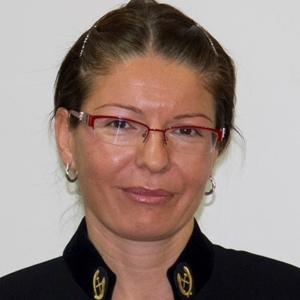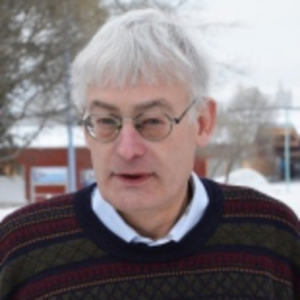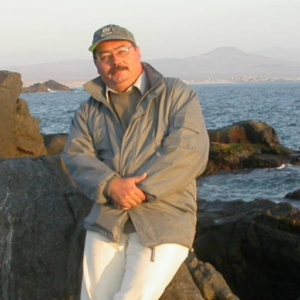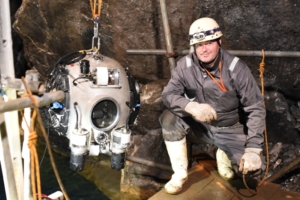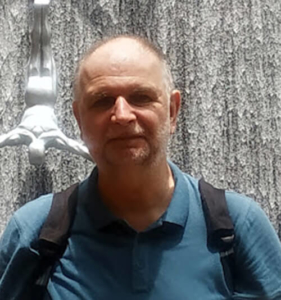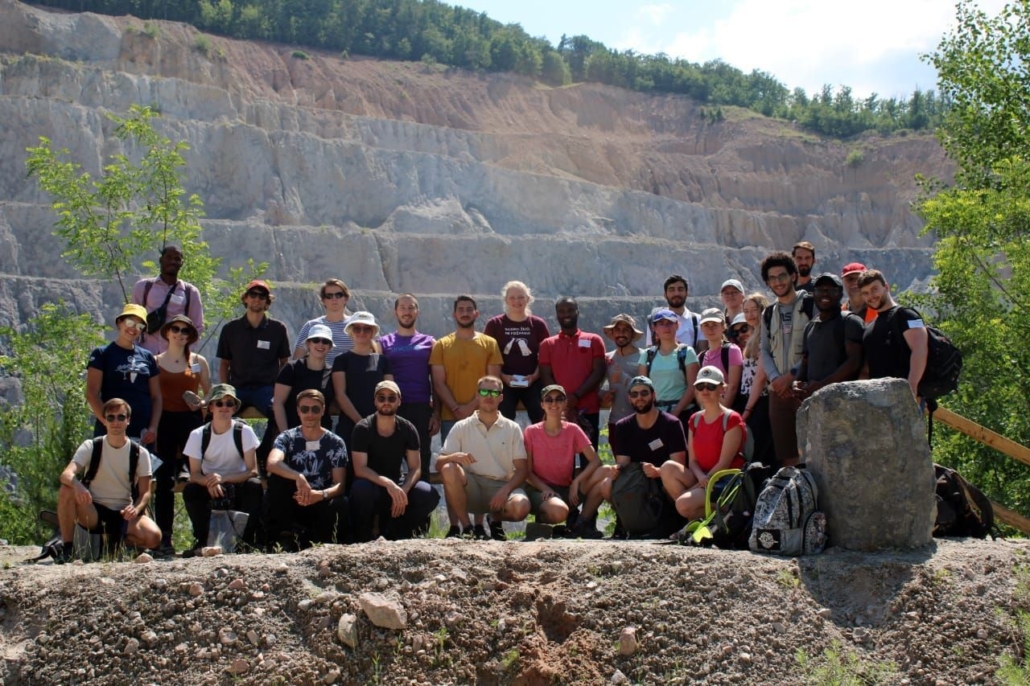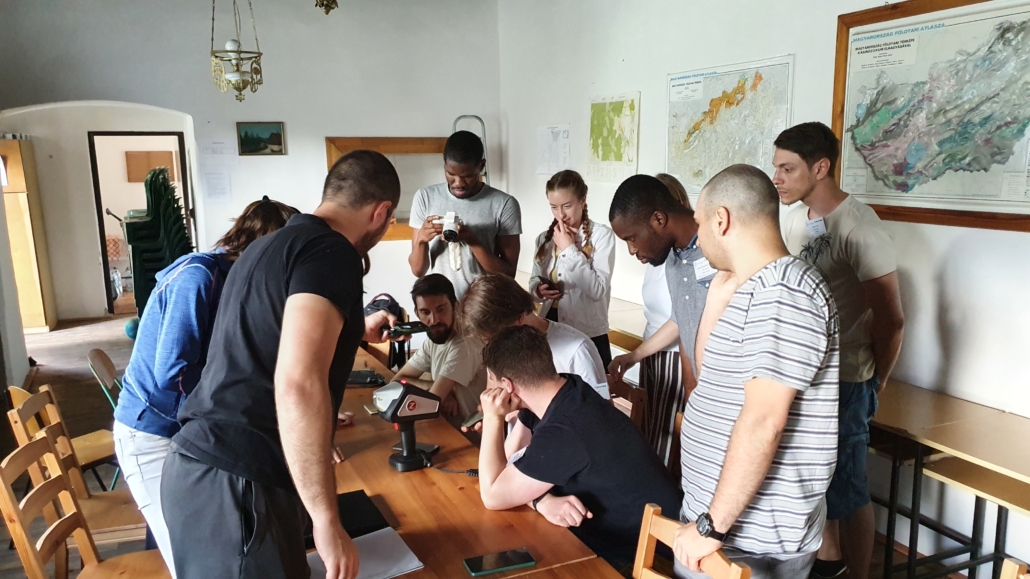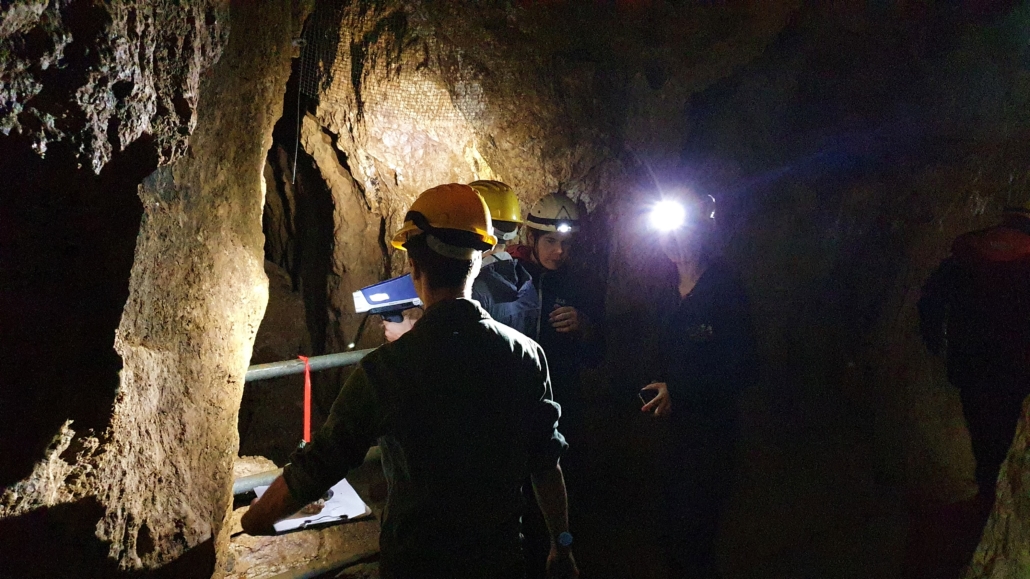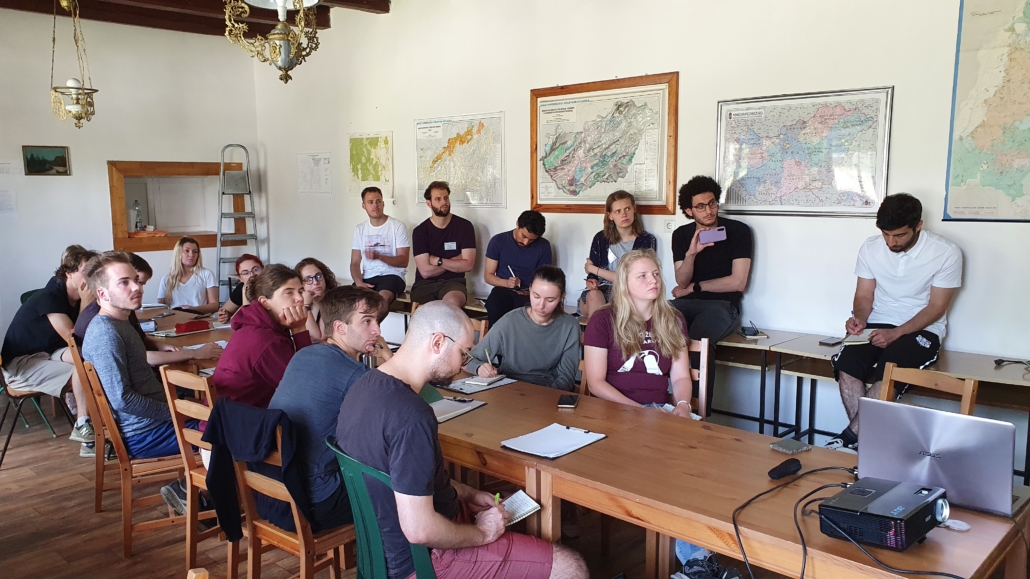Two Students, Four Countries, Four Universities, One Topic: Recsk
Bilguun Tsenguun (Mongolia) (pictured) is currently a student at Wrocław University of Science and Technology, Poland as part of the EIT-labelled TIMREX program, and Lidbert Alarcón Laimé (Peru), currently a PhD student at Université Laval (Quebec, Canada). Both were among the four selected student participants whose participation and travel were sponsored by the Canadian MDRU under the Eldorado Gold Scholarship program. This was for the AME World Geological Research Conference held in Vancouver at the end of January 2025.
The event has significant Hungarian relevance. Lidbert graduated as an MSc student from the Earth Science Engineering MSc at University of Miskolc, Hungary with the help of the Stipendium Hungaricum scholarship. Bilguun, on the other hand, has already been working with the teaching staff at Miskolc for half a year and will officially be a student at the University of Miskolc in the TIMREX program during the first semester of 2025.

Both of their poster topics were on the same Hungarian ore deposit, the Recsk Deep Level, and it was through this work that they earned the opportunity to participate. Bilguun will continue the Recsk modeling in Miskolc, while Lidbert will do so in Canada.
Congratulations to both! International attention on Recsk is now guaranteed; it is time to awaken domestic interest from its decades-long slumber regarding this unique ore deposit complex.

